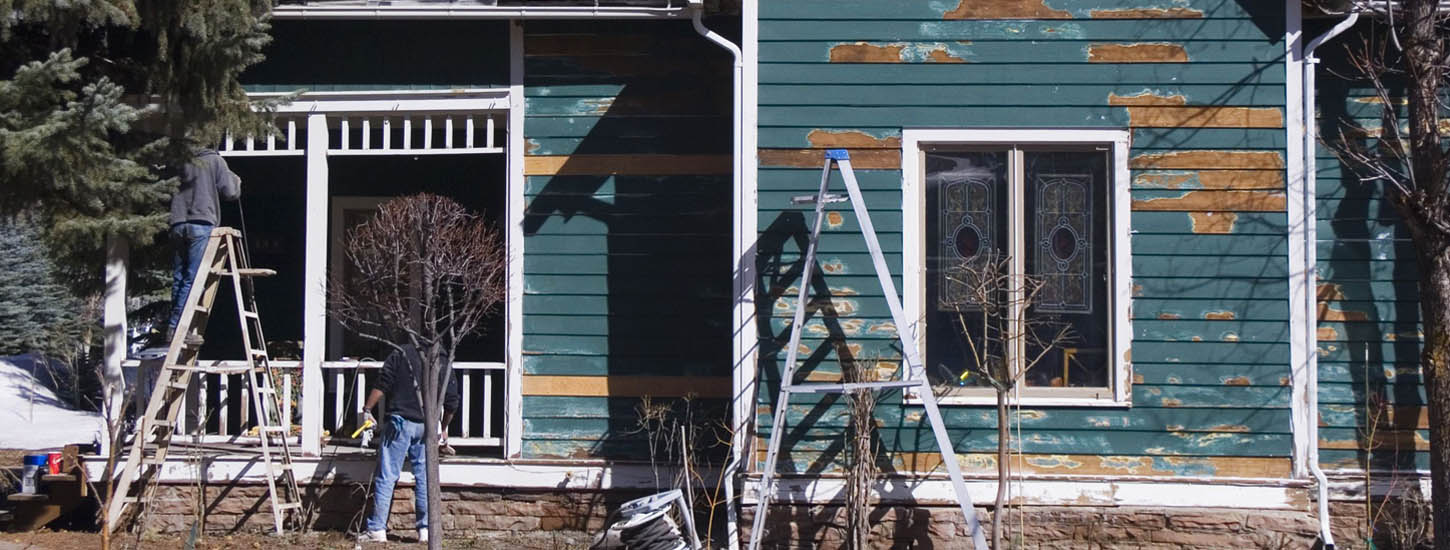In probate proceedings, heirs sometimes question, or even challenge, the decisions made by the personal representative of an estate. One bone of contention that often arises is how the personal representative handles the decedent’s residence prior to putting it on the market. The arguments tend to revolve around whether the house should be updated prior to sale and, if so, exactly what updates should be performed by the estate as opposed to being left for a new owner to address.
RCW 11.48.020 requires that “[e]very personal representative shall, after having qualified, by giving bond as hereinbefore provided, have a right to the immediate possession of all the real as well as personal estate of the deceased, and may receive the rents and profits of the real estate until the estate shall be settled or delivered over, by order of the court, to the heirs or devisees, and shall keep in tenantable repair all houses, buildings and fixtures thereon, which are under his or her control.” This statute provides an initial consideration for a personal representative in determining which repairs and updates should be made to the decedent’s residence. Unless the residence will be sold as a tear down, it should be kept in “tenantable repair.” In Seattle, this includes reasonable efforts related to control pests, maintain structural components of the house, and maintain the electricity, plumbing, heating, and appliances. For example, if the house has dry rot, the Personal Representative should likely undertake necessary repairs prior to putting it on the market. Repairs of this nature will also allow the house to pass inspection so that the buyer can obtain needed financing.
RCW 11.48.010 states, “It shall be the duty of every personal representative to settle the estate, including the administration of any nonprobate assets within control of the personal representative under RCW 11.18.200, in his or her hands as rapidly and as quickly as possible, without sacrifice to the probate or nonprobate estate.” Given the current shortages of labor and materials, it may take the Personal Representative many months to find a contractor to perform cosmetic updates to a bathroom or the kitchen that may be recommended by a realtor to increase the house’s value, such as replacing an old linoleum floor with an updated porcelain tile or substituting a laminate kitchen countertop with granite or quartz. Should the personal representative spend estate assets to undertake these sorts of cosmetic repairs, and then wait, and wait, and wait for an available contractor in the hope of maximizing the estate’s assets for the heirs? Or should the personal representative simply proceed with the sale in order to “settle the estate . . . as rapidly and as quickly as possible,” noting that a lower sales price may attract more buyers who will then then have more financial flexibility to update the house consistent with his or her personal tastes?
Ultimately, despite the heirs’ entrenched positions one way or the other, in a non-intervention probate this decision resides with the personal representative in consultation with the estate’s legal counsel. The personal representative is allowed to make reasonable choices in regard to the house, and courts will be inclined to uphold those decisions. As Sherry Lueders’s points out in a prior blog post “when a beneficiary believes the court should override a personal representative’s actions, the basis for the requested action must reside in Washington law, such as a petition for removal of the personal representative for failing to fulfill his or her fiduciary duties.”



 Phone: (206) 784-5305
Phone: (206) 784-5305